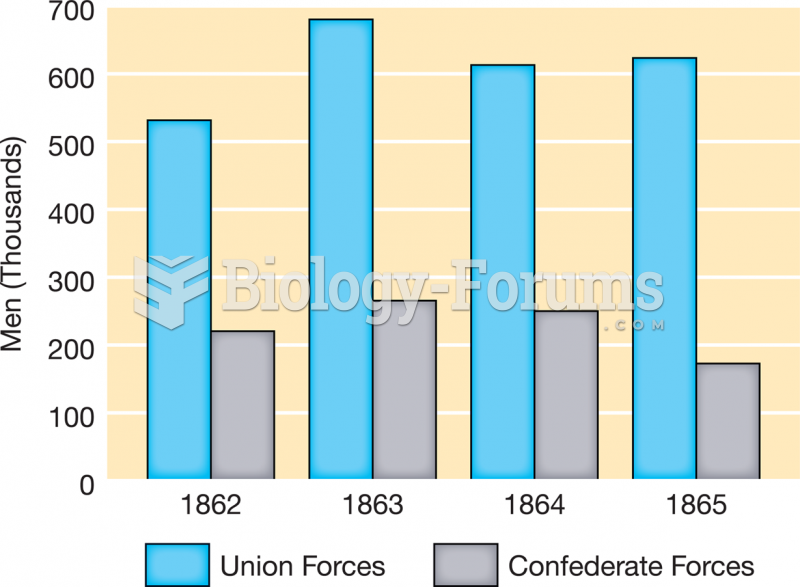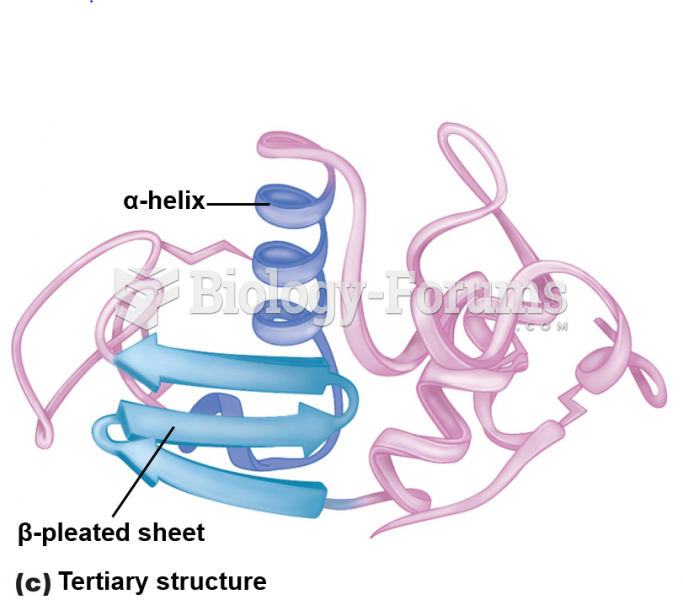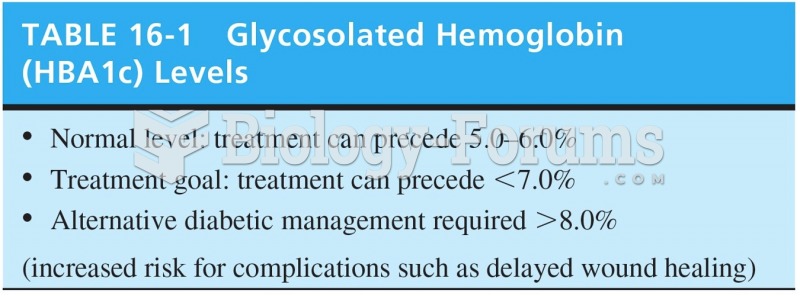Question 1
In the Civil War, the number of deaths for every 100,000 of the population was
A. 500.
B. 1,000.
C. 4,000.
D. 5,000.
E. 2,000.
Question 2
In 1861, the so-called Trent affair
A. created an international diplomatic crisis for Abraham Lincoln.
B. was eventually resolved with an indirect apology by England.
C. saw the capture of Union diplomats by the Confederate government.
D. resulted in France recalling its ambassador from the United States.
E. led England to form closer political ties with the Lincoln administration.
Question 3
As a supporter of land operations, the Union naval presence was particularly important on the
A. southern gulf.
B. Great Lakes.
C. Outer Banks.
D. western rivers.
E. Chesapeake.
Question 4
During the Civil War, as a result of new technology in weapons,
A. infantry troops began to fight standing in line formations.
B. soldiers were forced to carry rudimentary gas masks.
C. the Gatling gun became the primary combat weapon.
D. organized infantry did not fight in formation.
E. battlefields became more organized.
Question 5
As president, Jefferson Davis
A. made clear to General Lee that he wanted to make all the basic war decisions.
B. relied heavily on the advice of Braxton Bragg.
C. deferred all major military strategy to Robert E. Lee.
D. created an effective central command system.
E. had virtually no knowledge at all of military tactics and strategy.
Question 6
In the Civil War, at lower levels of military command,
A. amateur officers played important roles in both the Union and Confederate armies; and the professional officers on both sides were mostly Ivy League graduates.
B. Northern and Southern commanders had markedly different backgrounds.
C. amateur officers played important roles in both the Union and Confederate armies.
D. None of these answers is correct.
E. professional officers on both sides were mostly Ivy League graduates.
Accessibility: Keyboard Navigation







